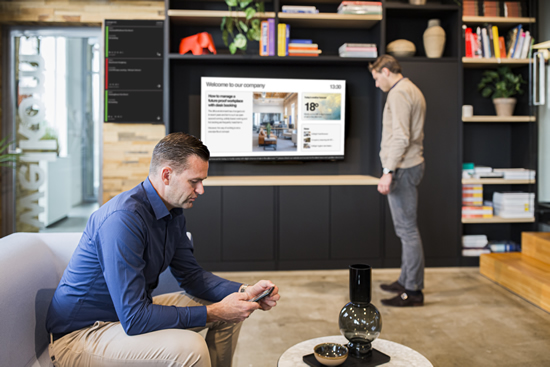LED vs Video Walls

Display technology plays a pivotal role in delivering immersive experiences across diverse environments—whether for corporate boardrooms, retail spaces, entertainment venues, education halls, or control centres. Among the most prominent display technologies are LED walls and traditional video walls, each offering unique benefits and applications. But as technology advances, LED walls are quickly becoming the go-to solution for many organisations. There are pros and cons to both, but let’s explore why. LED Walls Video Walls What are they? LED walls consist of a single, seamless display made up of small, individual light-emitting diodes (LEDs). These diodes are grouped into panels, which are arranged to create larger displays. The brightness and colour fidelity of LEDs make them highly versatile, offering stunning visuals at various scales. Video walls, on the other hand, are created by combining multiple flat-panel displays into a single, larger display. While each screen functions independently, software stitches together the images, allowing for large-scale video content to be displayed across the combined area. Bezel width One of the most significant advantages of LED walls is their seamless appearance. There are no visible bezels or borders between individual LED panels, resulting in a smooth, uninterrupted image. Traditional video walls typically have noticeable bezels between the individual screens, which can break the continuity of the displayed image or video. While bezel thickness has been reduced in modern systems, it’s still a limitation for achieving a truly seamless experience. Image Quality & Brightness Known for their exceptional brightness and vivid colour reproduction, LED walls excel in environments with high ambient light. They offer sharper contrast, deeper blacks, and better visibility from wider angles. While video walls also provide good image quality, they often lack the same brightness and contrast levels as LED walls. In bright or outdoor environments, video walls can appear washed out or harder to see from certain angles. Flexibility & Size LED walls are highly customizable and can be made in any size or shape, from large rectangular displays to curved or creative designs. This makes them ideal for unique, large-scale installations. Video walls are more limited in terms of flexibility, as their size is constrained by the dimensions of the individual screens. Creating custom shapes or unusual configurations is more challenging. Durability & Maintenance LED panels are generally more durable, especially in outdoor or high-traffic environments. They also have a longer lifespan and require less maintenance. LCD or plasma video walls are more prone to wear and tear, especially in environments with a lot of heat or constant use. Screen burn-in and pixel failure can also become issues over time. Why are LED Walls the Future? While video walls still have their place in the AV industry, especially for smaller installations or those on a budget, LED walls are quickly becoming the preferred option for modern-day applications. The combination of seamless design, superior image quality, and versatility positions LED walls as the frontrunner in display technology. As the technology matures and becomes more affordable, we can expect LED walls to continue growing in popularity, reshaping how we engage with visual content across industries. If you want to find out more about LED & Video Walls, speak to us today!
